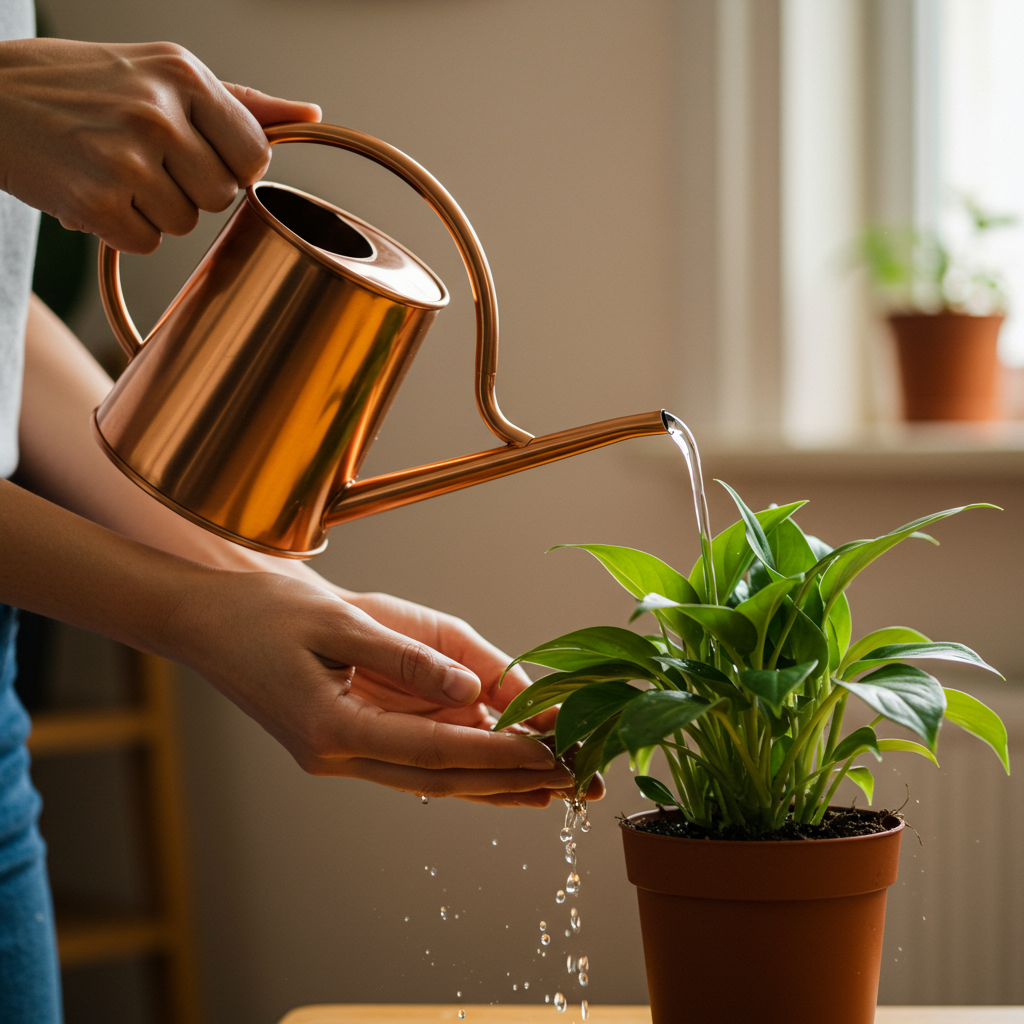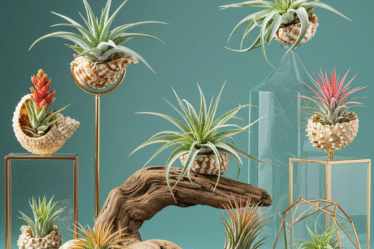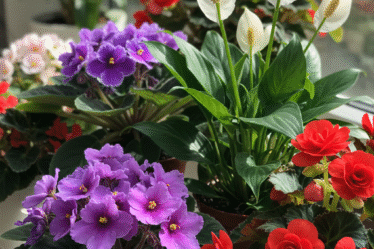
Watering Wisdom: The Ultimate Guide to Indoor Plant Hydration
Keeping your indoor jungle thriving starts with understanding the art of watering. Overwatering is a common culprit behind drooping leaves and root rot, while underwatering leads to crispy edges and stunted growth. This guide will equip you with the knowledge to strike the perfect balance and keep your plants happy and hydrated.
The Golden Rule: No Two Plants are Alike
Forget rigid schedules. The frequency with which you water depends entirely on the specific plant, the pot size, the type of soil, and even the season. A thirsty succulent will have vastly different needs than a moisture-loving fern. Learning to observe your plants is key. Feel the soil. Is it dry an inch or two down? That’s usually a good indicator that it’s time to water.
The Right Technique: More Than Just a Sprinkle
When you do water, water deeply. Ensure the water reaches the roots by allowing excess water to drain out of the drainage holes. This helps flush out any accumulated salts and prevents dry pockets in the soil. Avoid getting water on the leaves of fuzzy or delicate plants, as this can lead to fungal issues. Room temperature water is ideal, as cold water can shock the roots.
Seasonal Shifts: Adapting to Changing Needs
Just like us, plants respond to the changing seasons. During the active growing season (spring and summer), they’ll typically require more frequent watering. Growth slows down in the fall and winter, so you can reduce the frequency. Always adjust based on the dryness of the soil, not just the calendar.
Signs of Trouble: Decoding Your Plant’s Distress Signals
Drooping leaves can indicate both overwatering and underwatering, making diagnosis tricky. However, with overwatering, the leaves will often feel soft and mushy, while underwatered leaves will feel dry and brittle. Yellowing leaves, especially lower ones, can also be a sign of overwatering. Root rot, characterized by a foul odor emanating from the soil, is a serious consequence of chronic overwatering.
Beyond the Basics: Advanced Watering Techniques
For those seeking to refine their watering skills, consider bottom watering. This technique involves placing the pot in a tray of water and allowing the plant to absorb moisture from the bottom up. It’s particularly beneficial for plants prone to root rot. Another advanced method is using a moisture meter, which provides a precise reading of the soil’s moisture level.
Mastering the art of watering takes practice and patience. By understanding your plants’ individual needs and paying attention to the subtle cues they provide, you can cultivate a thriving indoor oasis. Remember, observation is your greatest tool. Happy watering!



